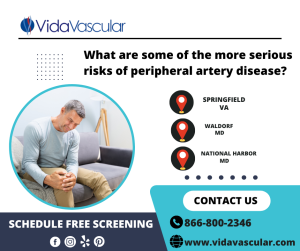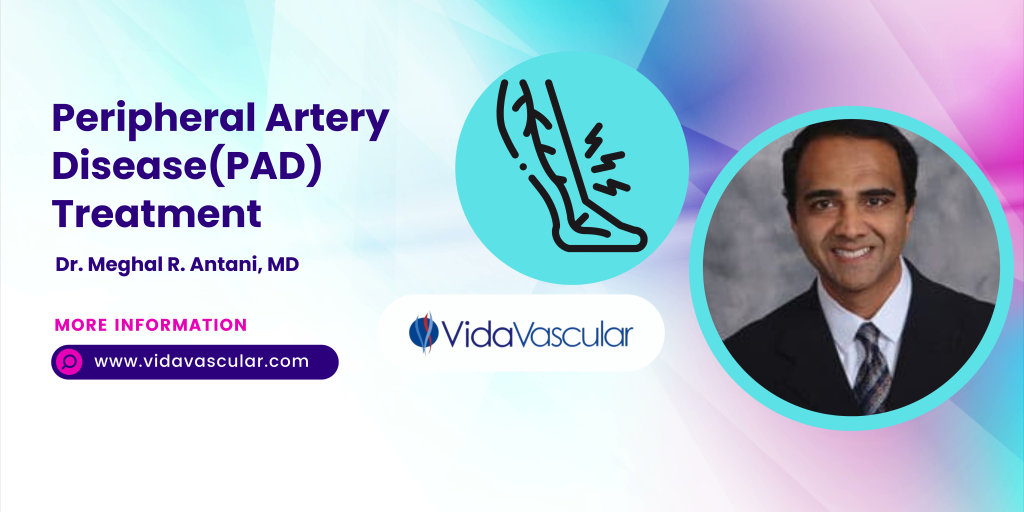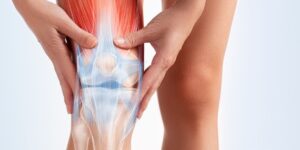PAD can cause a range of symptoms — from leg pain with walking to foot ulcers — and can also raise your risk for heart attack and stroke. Find out about six major risk factors for PAD and what you can do to lower your risks.

Peripheral artery disease (PAD) happens when the arteries in your legs become narrow, usually because of atherosclerosis, or the buildup of plaque on your artery walls. This restricts blood flow, allowing less oxygen-rich blood to reach your muscles and skin, affecting your ability to walk and heal wounds. Plaque can also rupture, leading to a blood clot that can further limit or even totally block the flow of blood.
Peripheral artery disease symptoms may include–
- Coldness in the lower leg or foot, especially when compared with the other side
- Leg numbness or weakness
- No pulse or a weak pulse in the legs or feet
- Painful cramping in one or both of the hips, thighs, or calf muscles after certain activities, such as walking or climbing stairs
- Shiny skin on the legs
- Skin color changes on the legs
- Studies have also suggested that early vascular care intervention increases life expectancy in PAD patients.
Anyone can develop PAD, but there are some factors that raise your risk, including:
- Smoking
- Diabetes
- High cholesterol
- High blood pressure
- Obesity
- Older age
Common causes of peripheral artery disease include
- Blood vessel inflammation
- Injury to the arms or legs
- Changes in the muscles or ligaments
- Radiation exposure
To schedule a free screening at a VidaVascular office in Northern Virginia (convenient to Springfield, Fairfax, Alexandria, Arlington, and Woodbridge), Maryland (convenient to National Harbor, Oxon Hill, Waldorf, La Plata, and Clinton), and Washington DC., Call us today! 866-800-2346
Visit Us at: https://www.vidavascular.com/arterial-disease/




